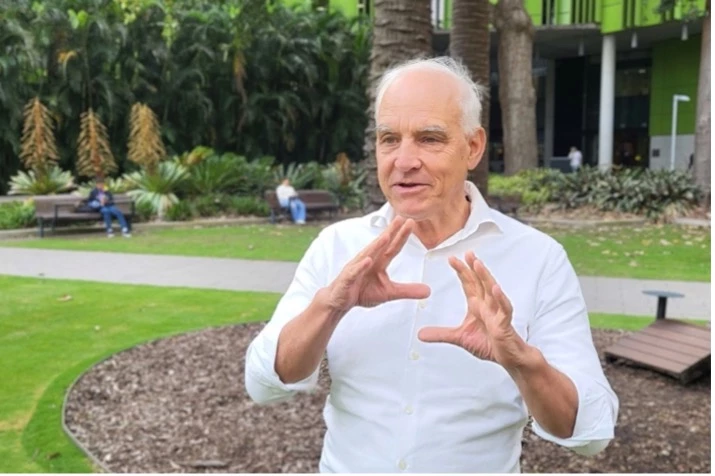[ad_1]
New research details an intriguing new way to solve “unsolvable” algebra problems that go beyond the fourth degree – something that has generally been deemed impossible using traditional methods for two centuries, until now.
Mathematician Norman Wildberger, an Honorary Professor at Australia’s University of New South Wales, and computer scientist Dean Rubine have thrown out the rulebook and presented a new way to solve polynomial equations that go beyond x to the power of four – something that has only been resolved with “approximate solutions.” While this won’t mean a whole lot to school students in math class, accuracy in answering higher-order polynomial problems could have huge implications in the fields of science and technology.
“Our solution reopens a previously closed book in mathematics history,” Wildberger said.
But, perhaps it’s best to let him explain it in this video, where he also explains where the rejection of “radicals” and “irrational numbers” come into play.
Paper with Dean Rubine on Solving Polynomial Equations and the Geode (I) | N J Wildberger
So, the new approach uses sequences of numbers from the mathematical field known as combinatorics – and within this branch lies one of the most famous sequences, Catalan numbers. These numbers essentially count the ways any polygon can be neatly divided into triangles.
Rubine and Wildberger developed a sequence using what they called Hyper-Catalan numbers. This new tool bridges algebra and geometry, solving for equations involving polynomials of any degree. Through this new sequence, the researchers identified a novel mathematical pattern, which they named “the Geode.”
Inspired by geology, the Geode is so named as its creators liken it to cracking open a plain-looking rock to reveal intricate shapes and structures within. Similarly, the Geode uncovers a hidden pattern within the complexity of Hyper-Catalan numbers, and can order things into a neat geometric structure for problem-solving.
The team put the new method to the test on historic work, and it held up.
“One of the equations we tested was a famous cubic equation used by Wallis in the 17th century to demonstrate Newton’s method,” Wildberger explained. “Our solution worked beautifully.”

Elva Darnell/UNSW
If you’re still with me, this new method solves for equations that can’t generally be resolved using traditional methods, like using root-taking approaches. In this sense, it breaks through a centuries-old mathematical wall. The novel approach removes the limitations presented by the kind of simple finite formula we were taught at school. (Well, “taught” might be too strong a term in my case.)
“The Catalan numbers are understood to be intimately connected with the quadratic equation,” said Wildberger. “Our innovation lies in the idea that if we want to solve higher equations, we should look for higher analogues of the Catalan numbers.
“We’ve found these extensions, and shown how, logically, they lead to a general solution to polynomial equations,” he added. “This is a dramatic revision of a basic chapter in algebra.”
The research was published in the journal The American Mathematical Monthly.
Source: UNSW
[ad_2]